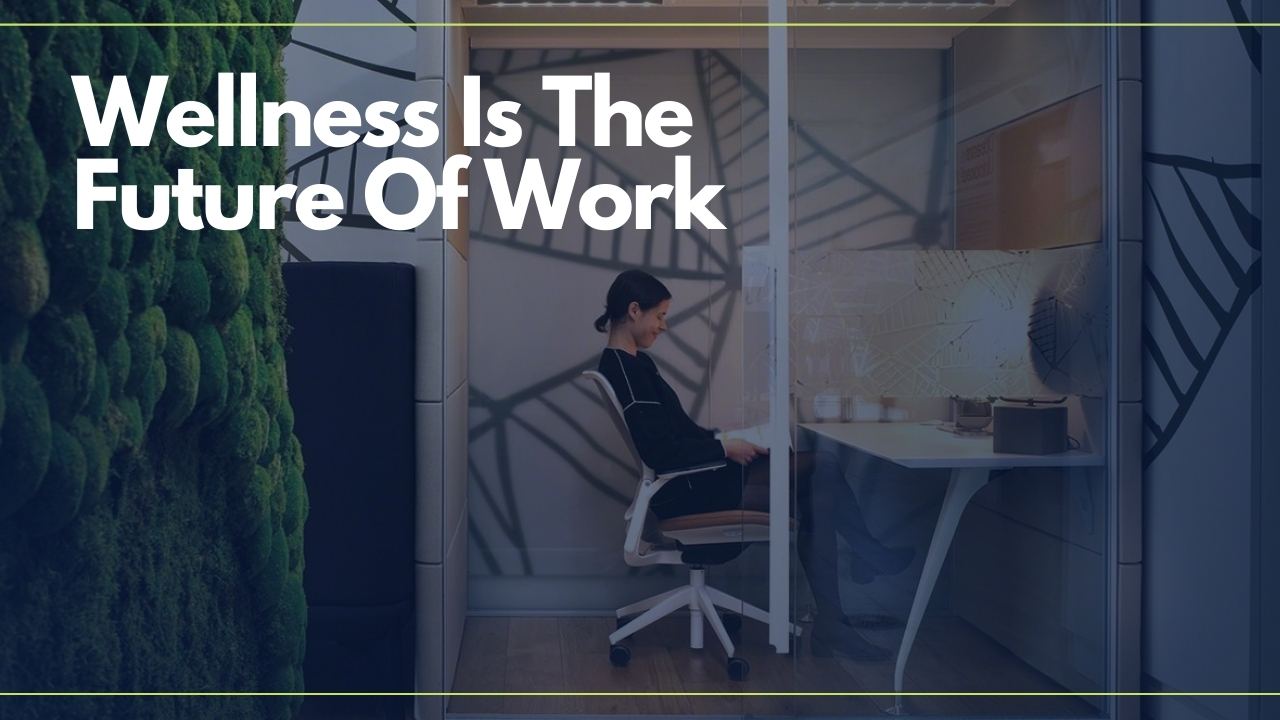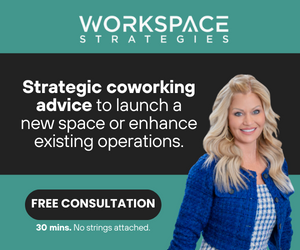- Despite the benefits of flexible work, the rise in remote work has led to a drop in employee engagement.
- Disengagement can not only affect team dynamics and productivity levels; it can also significantly impact company culture.
- Here’s why workers are lacking engagement, and what business leaders can do about it.
The rise in remote work, under less-than-ideal circumstances, has led to a significant drop in engagement according to Altius’s recent report “Employee Experience in a Post-Pandemic World: How lockdowns, COVID-19, and quarantine impacted your team”.
Disengagement can not only affect team dynamics and productivity levels; it can also significantly impact company culture.
Why Engagement Matters
Employee engagement highly impacts business outcomes. The more engaged employees are, the better outcomes a company will experience.
Engaged employees are:
- More enthusiastic
- More productive
- More satisfied with work
- Have better physical health.
As a result, companies with engaged employees are likely to experience:
- Higher profitability
- Less absenteeism and presenteeism
- Lower turnover rates
- Higher customer satisfaction scores.
Three Key Drivers Behind the Drop in Engagement
Spoiler alert: remote work didn’t make the list.
Although disengagement levels increased as more people worked remotely over the past 12+ months, the question is whether the blame should lie with remote work or with quarantine.
For years, many have claimed remote work to be the panacea of work arrangements. One year into remote work, and many would disagree.
But here’s the thing:
Remote work is not the same as working from home (WFH).
And working from home is not the same as working from quarantine (WFQ)… which brings us to our first driver:
1. WFQ Is not the Same as WFH or WFA
There is an important distinction between WFH and WFQ, “as there are a number of factors that have emerged that seem to be unique to WFQ conditions.”
Some issues caused by quarantine that are affecting worker performance include:
- Lack of routine (including showering and dressing the part).
- Less incidence of exercising.
- Increased anxiety and depression levels.
- Alcohol consumption during the work day.
- Increase in sedentary behavior.
In non-pandemic times, remote work has in fact shown to increase engagement. Gallup research from before the onset of the coronavirus pandemic found that:
“[E]ngagement climbs when employees spend some time working remotely and some time working in a location with their coworkers. Weekly face time with coworkers and managers seems to affect engagement: the optimal engagement boost occurs when employees spend 60% to 80% of their time working off-site — or three to four days in a five-day workweek.”
2. No Work/Life Separation Means No Work/Life Balance
Many could argue that the concept of work-life balance is outdated, and for a few years now, experts have been pushing towards work-life integration.
Whichever way you see it, the fast transition to remote work last year left little time for employees to adjust. While most employees were used to some degree of separation between their work lives and their personal lives before the pandemic, as soon as they were sent to work from home their work lives entirely permeated their personal lives—a fact fully exacerbated by the fact that government lockdowns required most people to stay at home at all times, unless it was fully necessary for them to leave.
To add to this, “[I]n addition to acclimating to a new environment and processing lockdown measures – most employees were tasked with taking on more responsibilities as they needed to: fill in for lay-offs, adjust their role, and keep up with other operational change.”
For many, this meant increased work hours—and with little else available to do, working until late didn’t seem to be all that bad.
Which leads to the third key driver:
3. Increased Stress + New Stress Factors
There are two types of stress:
- Distress, which is the type of excessive stress that we find unpleasant and problematic in our lives.
- Eustress, which is stress that drives us to push ourselves and experience challenges in healthy ways.
However, working from quarantine and increased work demands, combined with physical distancing and lockdown measures created an abundance of distress.
“Not only are employees facing greater demands, but increasingly, the typical avenues through which people can relieve these stressors (seeing friends, going to the gym, eating out, etc.) have been significantly interrupted or stopped entirely due to social distancing.”
Looking ahead
If remote work is here to stay, companies need to prioritize programs that can help improve engagement levels. While lockdowns won’t last forever, it could be hard for many workers to break with habits formed over the past year or more, while working remotely.
Companies need to implement programs and policies that can help employees have a better experience when working remotely—whether at home or a third space.

 Dr. Gleb Tsipursky – The Office Whisperer
Dr. Gleb Tsipursky – The Office Whisperer Cat Johnson – Coworking Marketing Maven
Cat Johnson – Coworking Marketing Maven Angela Howard – Culture Expert
Angela Howard – Culture Expert Drew Jones – Design & Innovation
Drew Jones – Design & Innovation Andrea Pirrotti-Dranchak – Competitive Advantage
Andrea Pirrotti-Dranchak – Competitive Advantage Jonathan Price – CRE & Flex Expert
Jonathan Price – CRE & Flex Expert Jeremy Fennema – Tech Innovation Alchemist
Jeremy Fennema – Tech Innovation Alchemist







